
Pressbaum is a town in the district of St. Pölten-Land in the Austrian state of Lower Austria.

Admont is a town in the Austrian state of Styria. It is historically most notable for Admont Abbey, a monastery founded in 1074.

Weiz is a town in the eastern part of the Austrian state of Styria.
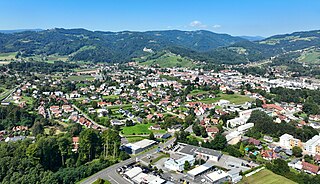
Deutschlandsberg is a town in Deutschlandsberg district of Styria, Austria. It is located in southern Austria, near the border with Slovenia. It is approximately 35 km from Graz. Popular tourist attractions include the Deutschlandsberg Castle.

Lassee is a town in the district of Gänserndorf in the Austrian state of Lower Austria.

Marchegg is a town in the district of Gänserndorf in the Austrian state of Lower Austria at the Slovak border formed by the Morava River. The town is connected to Vysoká pri Morave via a bike bridge. The Marchegg castle is located in the town.

Artstetten-Pöbring is a town in the district of Melk in the Austrian state of Lower Austria.

Klein-Pöchlarn is a town in the district of Melk in the Austrian state of Lower Austria.
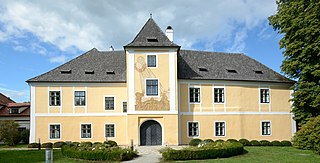
Petzenkirchen is a market town in the district of Melk in the Austrian state of Lower Austria.
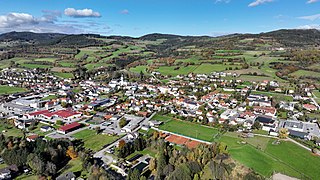
Pöggstall is a town in the district of Melk in the Austrian state of Lower Austria.
Ruprechtshofen is a town in the district of Melk in the Austrian state of Lower Austria.
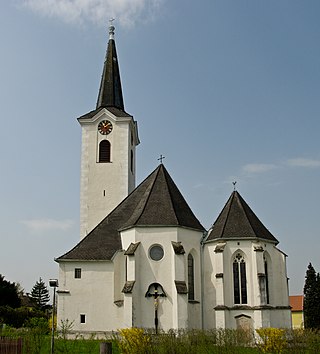
Sankt Leonhard am Forst is a town in the district of Melk in the Austrian state of Lower Austria.

Poysdorf is a town in the district of Mistelbach in the Austrian state of Lower Austria.

Maria Enzersdorf is a small city in the district of Mödling in the Austrian state of Lower Austria.

Grünbach am Schneeberg is a town in the district of Neunkirchen in the Austrian state of Lower Austria.
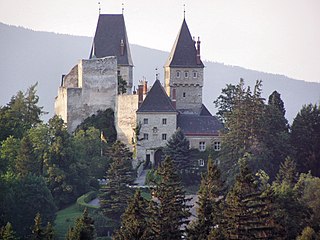
Raach am Hochgebirge is a town in the district of Neunkirchen in the Austrian state of Lower Austria.

Herzogenburg is a town in the district of Sankt Pölten-Land in the Austrian state of Lower Austria.
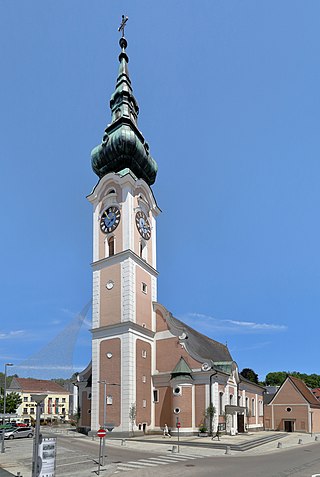
Grieskirchen is a town in Austria. It is capital of the Grieskirchen district of Upper Austria, in the Trattnachtal valley.
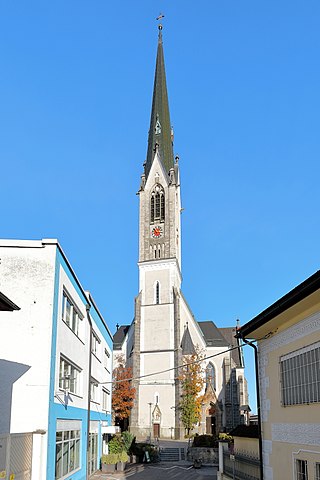
Schwanenstadt is a town in the district of Vöcklabruck in the Austrian state of Upper Austria.

Bad Waltersdorf is a spa town in the district of Hartberg-Fürstenfeld in Styria, Austria.





















